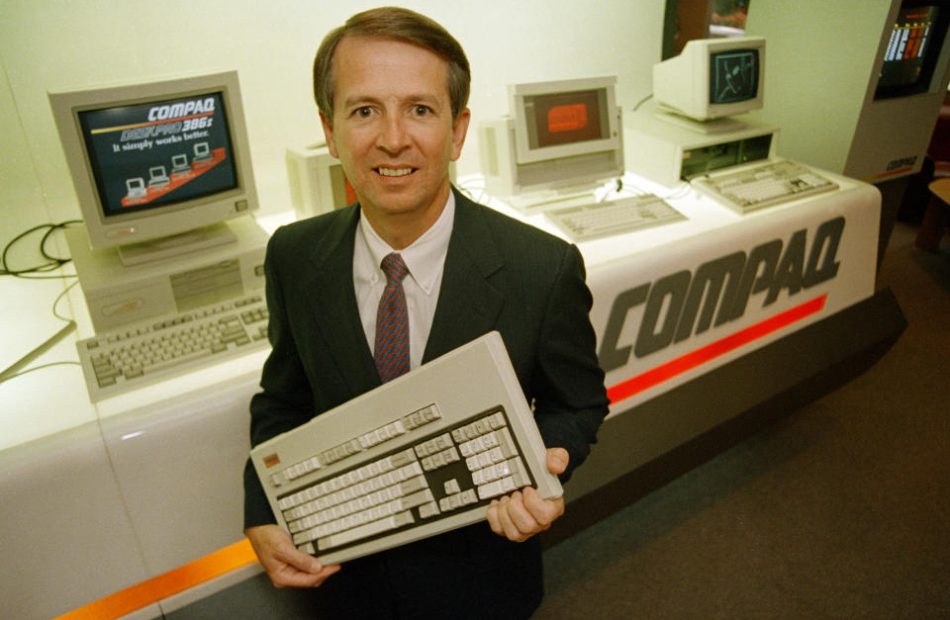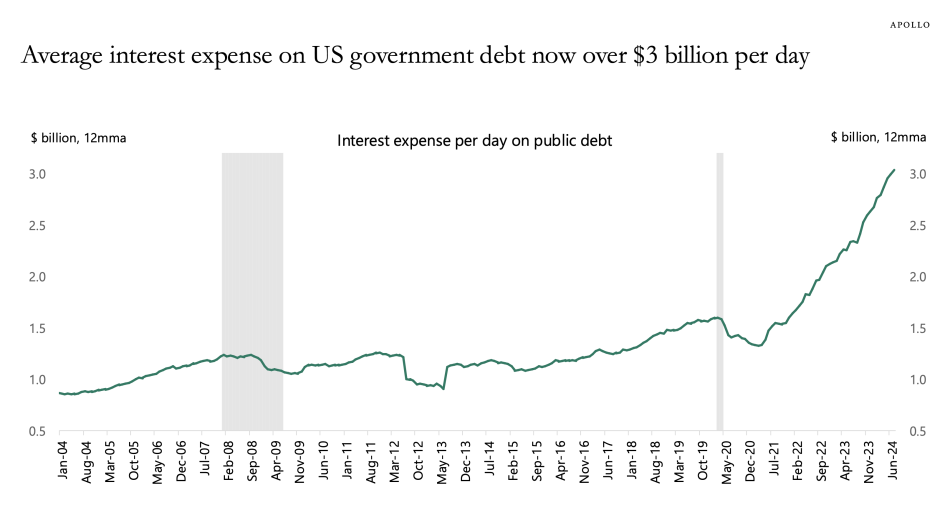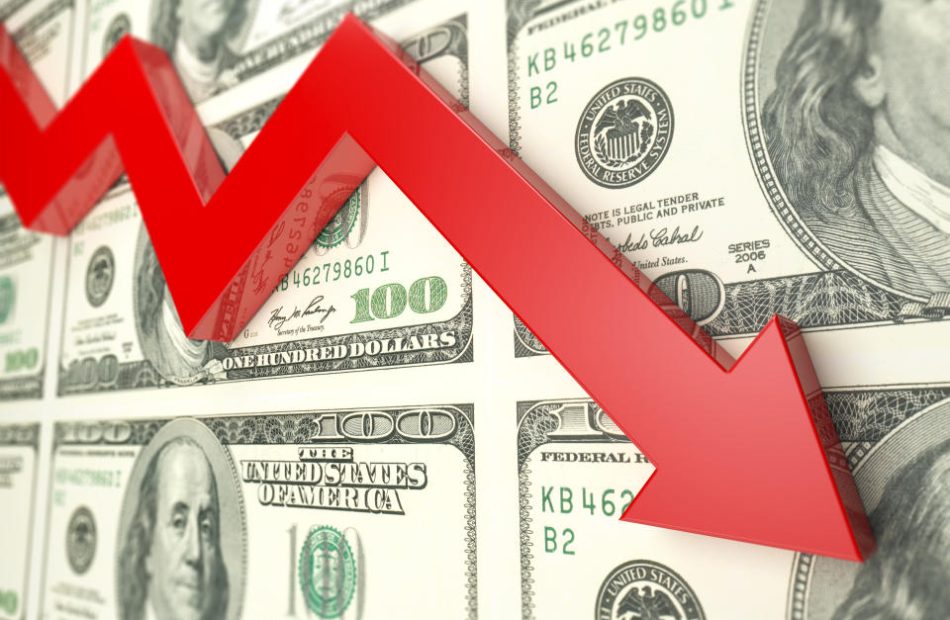SAN DIEGO, Sept. 08, 2024 (GLOBE NEWSWIRE) — The law firm of Robbins Geller Rudman & Dowd LLP announces that purchasers of Methode Electronics, Inc. MEI common stock between June 23, 2022 and March 6, 2024, inclusive (the “Class Period”), have until October 25, 2024 to seek appointment as lead plaintiff of the Methode Electronics class action lawsuit. Captioned Salem v. Methode Electronics, Inc., No. 24-cv-07696 (N.D. Ill.), the Methode Electronics class action lawsuit charges Methode Electronics as well as certain of Methode Electronics’ top former executive officers with violations of the Securities Exchange Act of 1934.
If you suffered substantial losses and wish to serve as lead plaintiff of the Methode Electronics class action lawsuit, please provide your information here:
https://www.rgrdlaw.com/cases-methode-electronics-inc-class-action-lawsuit-mei.html
You can also contact attorneys J.C. Sanchez or Jennifer N. Caringal of Robbins Geller by calling 800/449-4900 or via e-mail at info@rgrdlaw.com.
CASE ALLEGATIONS: Methode Electronics designs, engineers, and produces mechatronic products for Original Equipment Manufacturers (“OEMs”).
The Methode Electronics class action lawsuit alleges that defendants throughout the Class Period made false and/or misleading statements and/or failed to disclose that: (i) Methode Electronics had lost highly skilled and experienced employees during the COVID-19 pandemic necessary to successfully complete Methode Electronics’ transition from its historic low mix, high volume production model to a high mix, low production model at its Monterrey facility; (ii) Methode Electronics’ attempts to replace its General Motors center console production with more diversified, specialized products for a wider array of vehicle manufacturers and OEMs, in particular in the electric vehicle (“EV”) space, had been plagued by production planning deficiencies, inventory shortages, vendor and supplier problems, and, ultimately, botched execution of Methode Electronics’ strategic plans; (iii) Methode Electronics’ manufacturing systems at its critical Monterrey facility suffered from a variety of logistical defects, such as improper system coding, shipping errors, erroneous delivery times, deficient quality control systems, and failures to timely and efficiently procure necessary raw materials; (iv) Methode Electronics had fallen substantially behind on the launch of new EV programs out of its Monterrey facility, preventing Methode Electronics from timely receiving revenue from new EV program awards; and (v) as a result, Methode Electronics was not on track to achieve the 2023 diluted earnings-per-share guidance or the 3-year 6% organic sales compound annual growth rate represented to investors and such estimates lacked a reasonable factual basis.
The plaintiff is represented by Robbins Geller, which has extensive experience in prosecuting investor class actions including actions involving financial fraud. You can view a copy of the complaint by clicking here.
THE LEAD PLAINTIFF PROCESS: The Private Securities Litigation Reform Act of 1995 permits any investor who purchased Methode Electronics common stock during the Class Period to seek appointment as lead plaintiff in the Methode Electronics class action lawsuit. A lead plaintiff is generally the movant with the greatest financial interest in the relief sought by the putative class who is also typical and adequate of the putative class. A lead plaintiff acts on behalf of all other class members in directing the Methode Electronics class action lawsuit. The lead plaintiff can select a law firm of its choice to litigate the Methode Electronics class action lawsuit. An investor’s ability to share in any potential future recovery of the Methode Electronics class action lawsuit is not dependent upon serving as lead plaintiff.
ABOUT ROBBINS GELLER: Robbins Geller Rudman & Dowd LLP is one of the world’s leading law firms representing investors in securities fraud cases. Our Firm has been #1 in the ISS Securities Class Action Services rankings for six out of the last ten years for securing the most monetary relief for investors. We recovered $6.6 billion for investors in securities-related class action cases – over $2.2 billion more than any other law firm in the last four years. With 200 lawyers in 10 offices, Robbins Geller is one of the largest plaintiffs’ firms in the world and the Firm’s attorneys have obtained many of the largest securities class action recoveries in history, including the largest securities class action recovery ever – $7.2 billion – in In re Enron Corp. Sec. Litig. Please visit the following page for more information:
https://www.rgrdlaw.com/services-litigation-securities-fraud.html
Attorney advertising.
Past results do not guarantee future outcomes.
Services may be performed by attorneys in any of our offices.
Contact:
Robbins Geller Rudman & Dowd LLP
J.C. Sanchez, Jennifer N. Caringal
655 W. Broadway, Suite 1900, San Diego, CA 92101
800-449-4900
info@rgrdlaw.com

Market News and Data brought to you by Benzinga APIs
© 2024 Benzinga.com. Benzinga does not provide investment advice. All rights reserved.

















